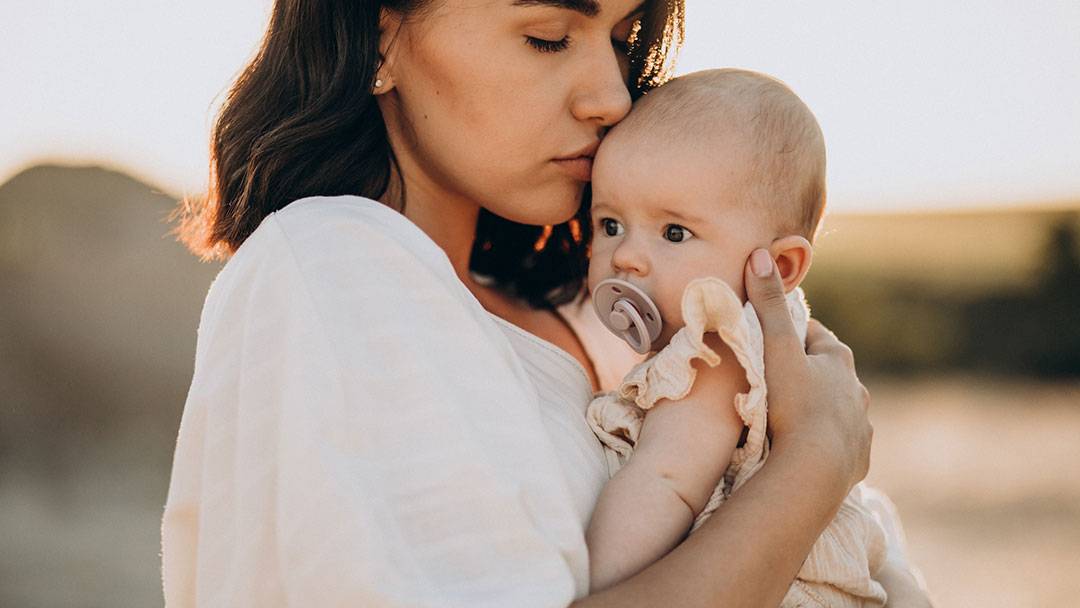All parents want their children to be safer in and around the water. However, these potentially life-saving skills can take many years to learn. But is it possible to fast-track this process so kids rapidly develop strong and independent swimming skills? Skills that could save them in potentially life-threatening aquatic situations? And is it possible to do that while still experiencing kind, caring and fun swimming lessons?
Karen Baildon, founder of Superfish Swim Schools, believes it is possible. But it requires much greater exposure to water at this formative age.
“The amount a baby or toddler is exposed to water is critical in a successful learn-to-swim progression. But for fast-tracked skill development, parents and swim teachers should also be nurturing a love of the water from a very early age,” says Karen.
Start swimming lessons early
Many misconceptions exist about babies learning to swim. For example, the belief that swimming is a waste of time and money or that babies do nothing but splash around. However, baby learn-to-swim programs are crucial to a child’s aquatic education!
Karen recommends starting conditioning swimming techniques with babies as young as possible in the shower or bath at home, such as floating, water over the face, and lots of bath time with a parent.
“Also, start swimming lessons with babies as young as possible,” Karen adds. “Studies have shown that the earlier you start your baby in an effective learn-to-swim program, the earlier they become strong, independent swimmers, which could save their lives one day. When taught effectively, building on the skills they have gained in baby classes, young toddlers can develop high water safety skills based on repetition of effective drowning prevention skills.”
One ½-hour lesson per week equals:
2 hours of swimming each month
13 hours of swimming per 6 months (or 2 days of school)
With lessons missed with sickness, most children attend around 20 hours per year of swimming lessons!
Can you imagine a child learning to read or write in less than a week?
Swim often and consistently
“Attending weekly swimming lessons is fantastic, and you may get strong swimming skills by school age, but sometimes that’s too late,” Karen says. “The reality is these young children will not hold high water awareness skills if they only attend one half-hour swimming lesson per week. Toddlers need more if we are expecting them to achieve independent drowning prevention skills.”
Having two swimming lessons per week consistently throughout the year is ideal until the skills are established. According to Karen, it’s also important not to stop swimming lessons during winter because toddlers can lose their skills due to underdeveloped muscle memory.
“Practice swimming skills outside of swimming lessons. Visit your local pool or enjoy time in the backyard pool, and don’t have unrealistic expectations—this is a process, and parents and teachers need to work together,” Karen adds.
Keep it fun, but still learning!
Swimming lessons and any time in and around water should be a fun and positive experience for little ones, but make sure they are learning actual life-saving skills!
“We know that accelerating classes or even their exposure to water means your child can learn drowning prevention skills up to four times faster,” says Karen.
However, when learning life-saving skills, Karen advises that you ensure your lessons do NOT teach:
- Lessons with aids like floaties. Children become dependent on aids if taught with them. Children need to be taught independence and their own buoyancy in water. “Clear, digestible knowledge about how our body works in water is critical.”
- Teaching children to blow bubbles. It is dangerous in drowning prevention. “‘Breath Holding’ is vital for buoyancy. Our lungs full of air are natural floatation devices!”
- Swimming classes chasing after balls and toys in lessons. “It’s dangerous. At this young age, the lesson should be teaching skills for drowning prevention and self-saving in water.”
- Lessons with the focus on games, splashing and songs. “Face up floating, rolling to a back-float and catching a wall or ledge all saves lives if taught and developed in lessons.”
Karen Baildon is an Australian Swimming Industry educator & national speaker and international lecturer at the 2020 World Aquatic Development Conference.
Karen has had a life-long passion for children’s swimming development, particularly Under 3 Drowning Prevention.
Karen is the co-founder, owner and program developer of Superfish Swim Schools in South East Queensland, in its 28th year of operation. ‘Learn to Swim’ programs that save lives.

